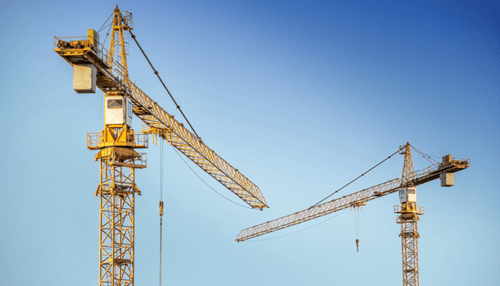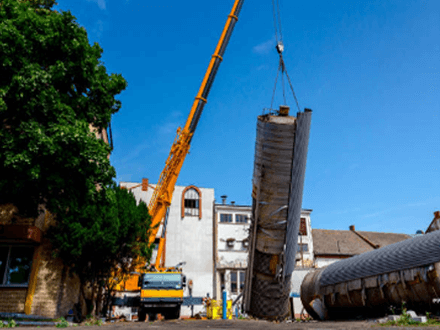In several applications and industries, the measurement of the weight of the raw materials is an essential task. A crane weigher is a load measuring system that helps to measure the weight of heavy objects with the help of one or multiple cranes. When a heavy object is lifted by a crane or multiple cranes, the determination of the weight of the object is essential. This measurement is crucial due to two reasons- firstly, we can prevent overloads and secure the safety of the infrastructures and personnel, and secondly, we can collect information about the raw material’s weight. This article will discuss the two main classifications of crane weighers and explain the applications of the load measuring systems.
Classification:
Depending on the number of cranes involved in a load measuring system or crane weigher can be classified into two groups, such as-
1. i) Single Point Load Monitoring System:
When the load measuring system involves a single crane and the measuring system takes place below the hook of the crane, this measuring system is called a single point load monitoring system. This load monitoring system is used for the general weighing of the material that is lifted by the crane.
ii) Multi-Point Load Monitoring System:
When we need to measure the load of super heavy objects, we require multiple cranes to lift the object. In this case, the measuring system includes multiple load cells in order to act in harmony, and the complex multi-crane to manage the lifts. This measuring system is known as a multi-point load monitoring system. This monitoring system also consists of advanced software to display the weight measurements and the real-time load map. With the help of this monitoring system, we can also keep track of the individual weighing stations.
Applications of the Multi-Point Load Monitoring Systems:
Multi-point load monitoring systems can fulfill different purposes, such as-
1. Heavy-Complex Lifting:
When we lift a heavy object through multiple hanging points, in that case, load monitoring becomes very crucial. This is because we need to distribute the total load across each point according to the load-bearing ability of each point. However, at this point, it is difficult to calculate the actual load on each point. Therefore, effective distribution of the total load of the heavy object is essential in order to safely conduct the complex lifting. Load monitoring systems play a crucial in this circumstance to protect people and infrastructure by constantly measuring the actual load.
2. Advanced Logistics and Stock Management:
In the manufacturing industry, a multi-point load monitoring system helps to manage the resources in multiple sites, supply essential materials, and transport materials from the storage. By displaying a real-time load map. These systems also help to minimize the costs by reducing spoilage, slack time, and poorly scheduled transporting.
3. Safe Stage Rigging:
In order to prepare the complex rigging structures and stages of concerts and live events, multi-load monitoring systems are useful. For the preparation of the structure for live events, three or more hoists are essential to lifting a single truss that has multiple attached equipment. In order to ensure the safety of audiences and performers, load distribution of the suspended single truss is important.




